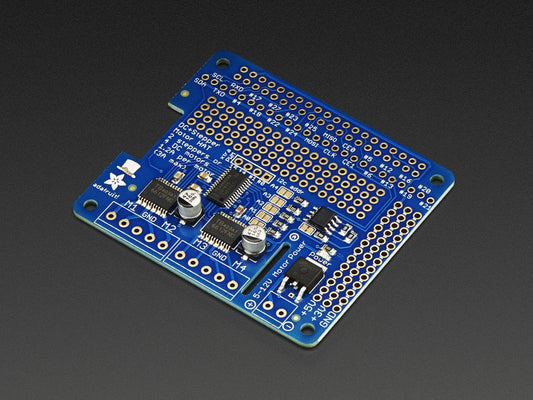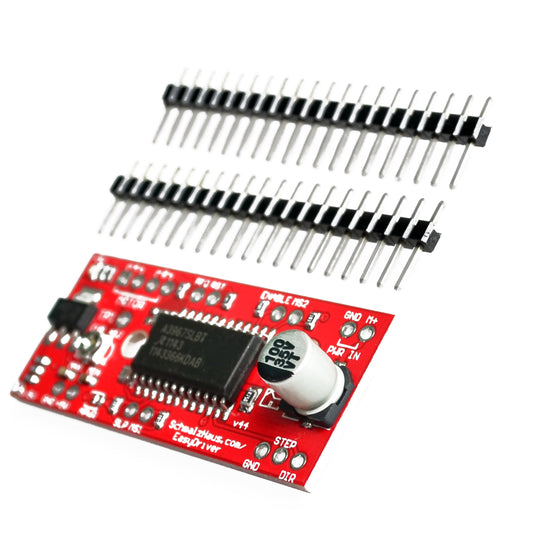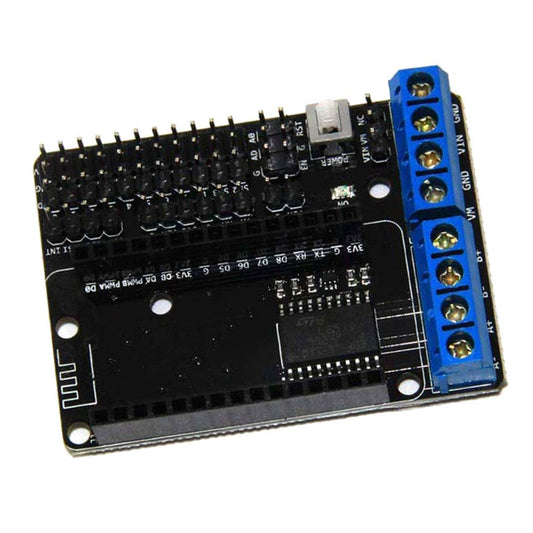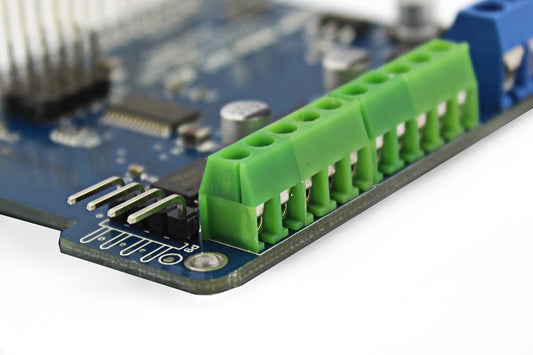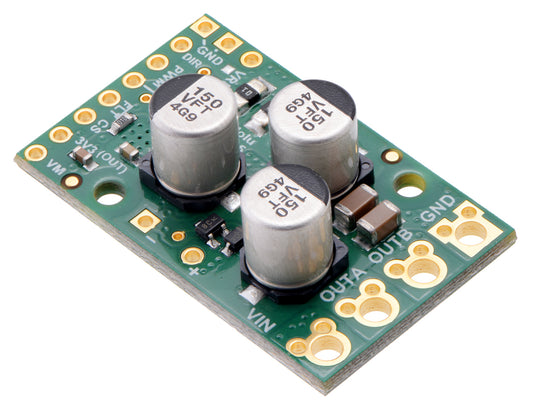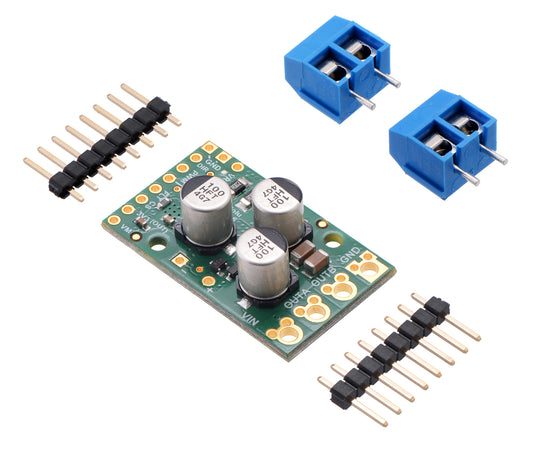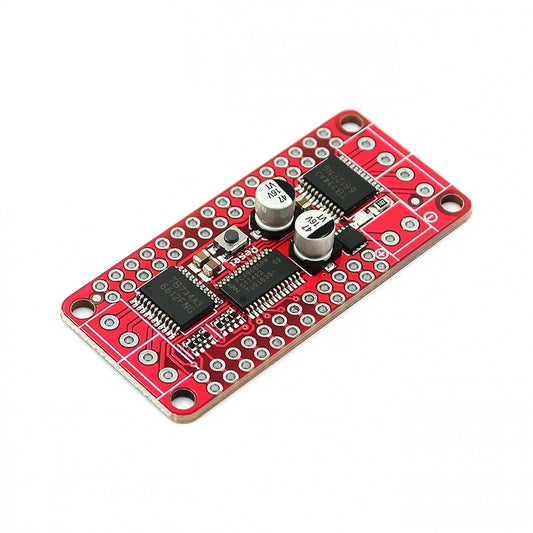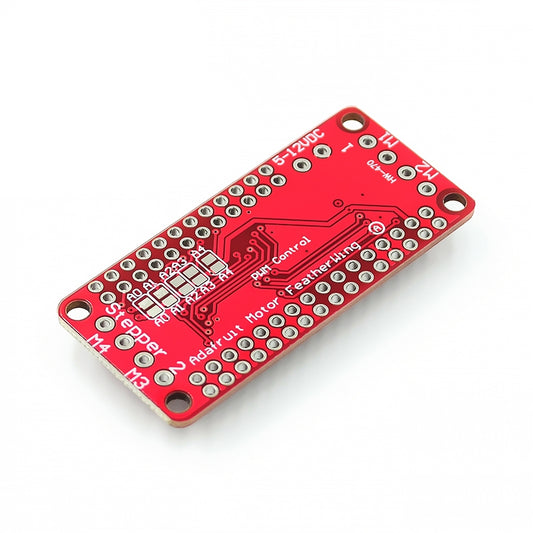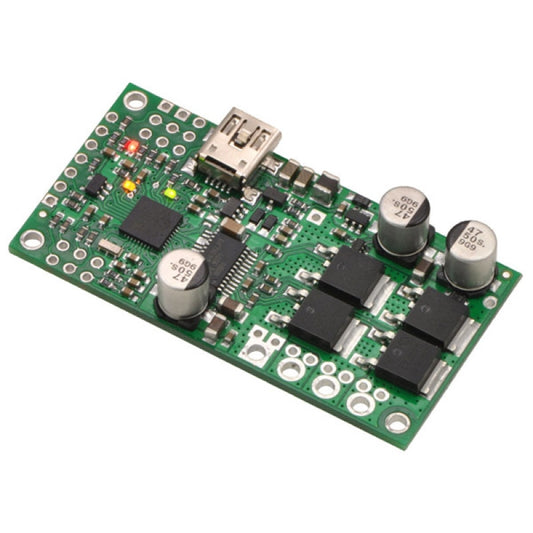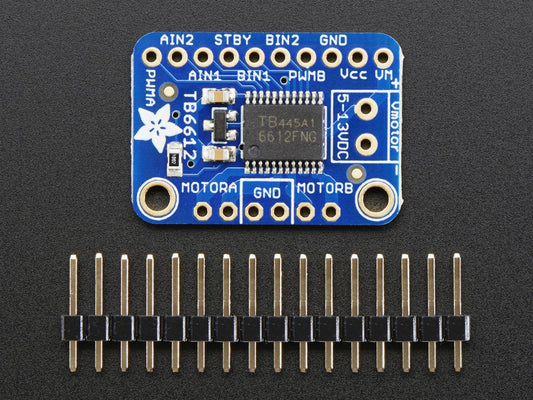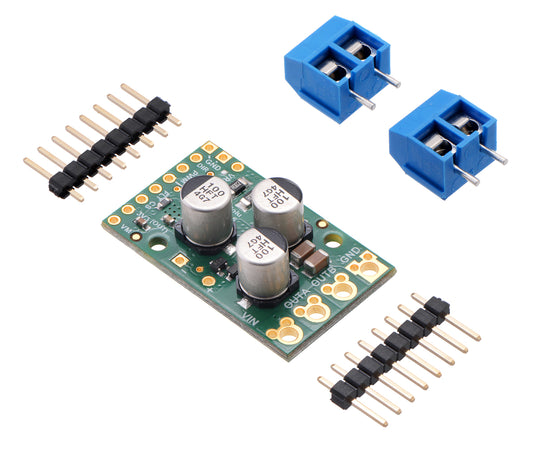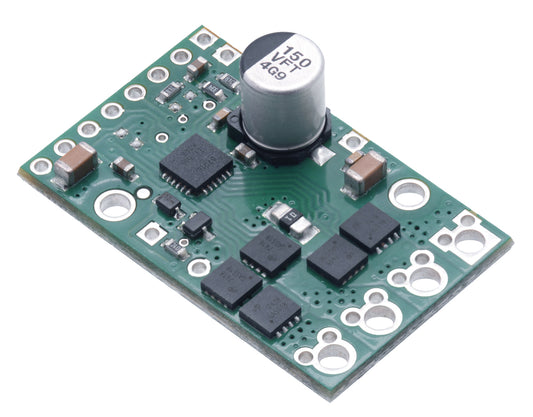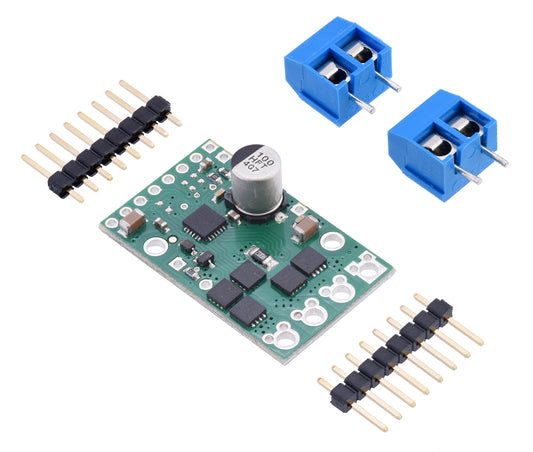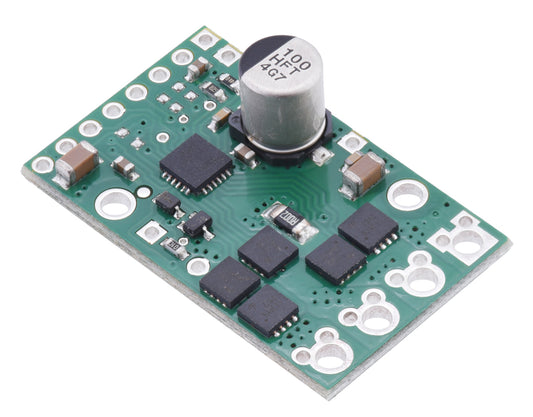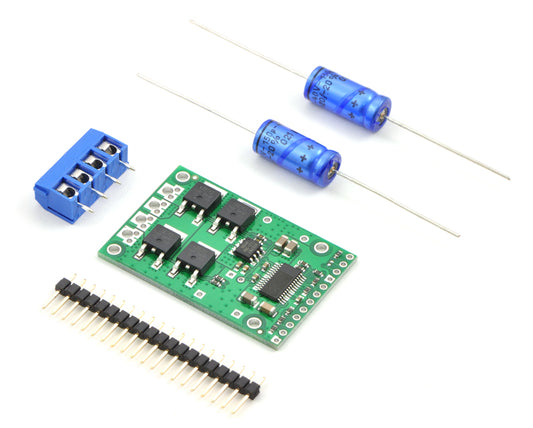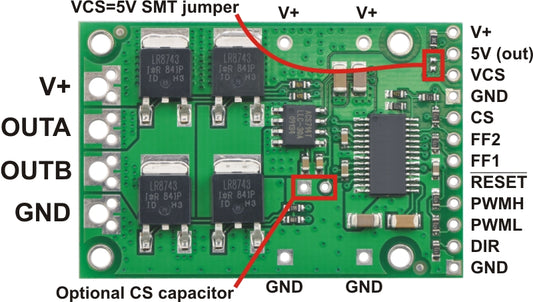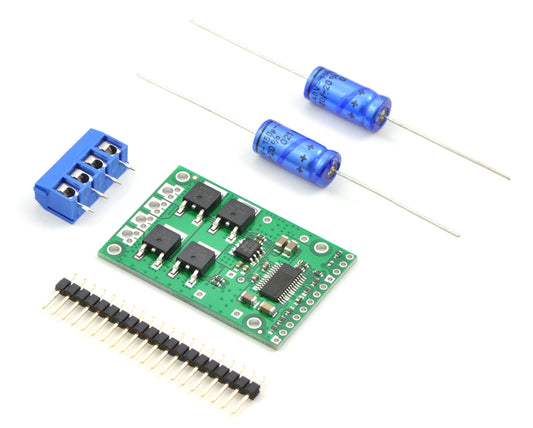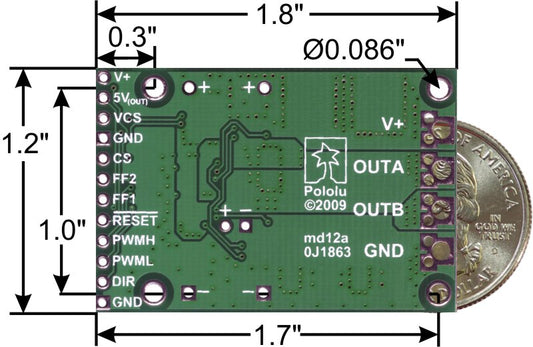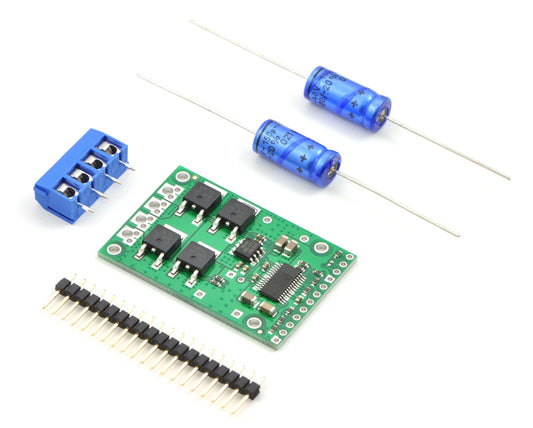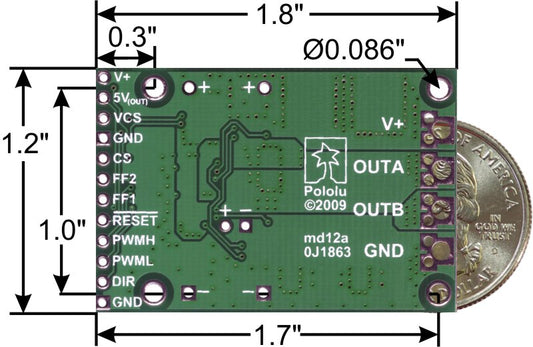Motor Drivers Philippines: L298N, TB6612, BTS7960 & PWM Controllers | Circuitrocks
Motor Drivers & PWM Controllers — DC, Servo, Stepper & High-Current Drivers
Drive motors safely and efficiently with our full range of motor drivers and PWM controllers. From L298N and TB6612 drivers to BTS7960 high-current modules, MOSFET PWM controllers, and PCA9685 servo expanders, these modules are essential for robotics, automation, mechatronics, and Arduino/ESP32 projects.
H-Bridge Drivers • PWM Controllers • High-Current Drivers • MOSFET Modules • Servo Controllers
Why shop motor drivers here
-
Wide selection: from ultra-low-power to 43A heavy-duty drivers
-
Maker-ready: plug-and-play with Arduino, ESP32 & Raspberry Pi
-
PH support: wiring diagrams, load matching & troubleshooting
Popular uses
- 2WD/4WD robot platforms
- Motorized arms, lifts, gates & automation
- Pump and fan control
- Line followers, sumo bots & competition robots
- High-power DC motor control
Motor driver categories
High-Current & MOSFET Drivers
Tip: Always check stall current—motors can draw 3× to 5× their rated current at startup. Choose a driver with enough overhead.
Motor driver chooser (quick guide)
| Need |
Best choice |
Notes |
| Beginner robots / TT motors |
L9110 |
Affordable and efficient; perfect for small robots. |
| General robotics / 2WD–4WD |
L298N |
Most common H-bridge; handles moderate loads. |
| Efficient, compact motor control |
TB6612FNG |
Runs cooler and delivers more current vs. L298N. |
| Heavy-duty motors |
BTS7960 (43A) |
Ideal for high-torque motors, carts, or automation. |
| Servo motor expansion |
PCA9685 |
Controls 16 servos with smooth PWM via I²C. |
| Simple speed control |
PWM speed controller |
Great for fans, pumps, heaters, and lights. |
Check motor voltage, stall current, and required number of channels before choosing a driver.
Starter bundles
-
2WD Robotics Kit: L298N + TT motors + wheels
-
High-Torque Kit: BTS7960 + 12V gearmotor
-
Servo Expansion Kit: PCA9685 + SG90 / MG996R servos
FAQ
Are these motor drivers compatible with Arduino and ESP32?
Yes—drivers support standard PWM and logic-level inputs, making them compatible with Arduino, ESP32, and Raspberry Pi.
Why does my motor driver get hot?
Drivers overheat when motors draw too much current or when ventilation is poor. Use heat sinks or upgrade to a higher-current driver.
Can I run motors directly from GPIO pins?
No—GPIO pins cannot provide the required current. Always use a motor driver or MOSFET module.
Do you ship nationwide?
Yes—fast PH shipping with same-day processing for in-stock items.

 Sold out
Sold out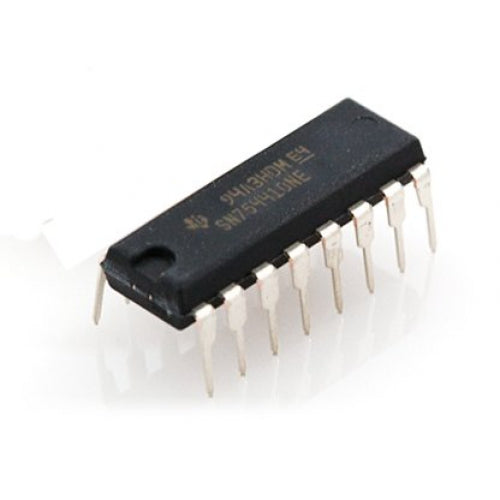 Sold out
Sold out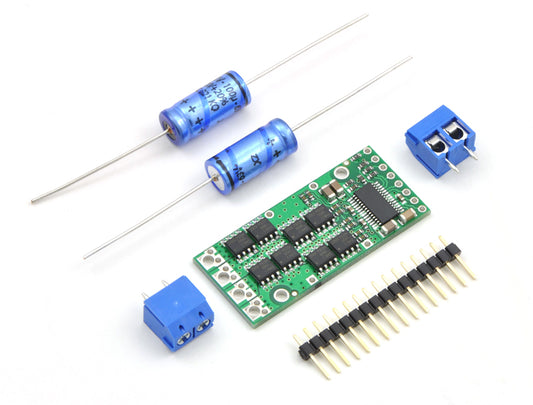
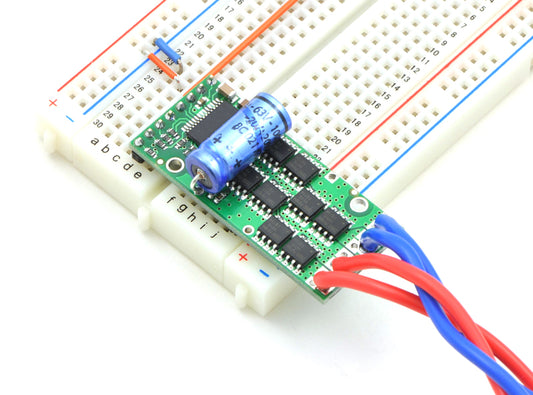 Sold out
Sold out

